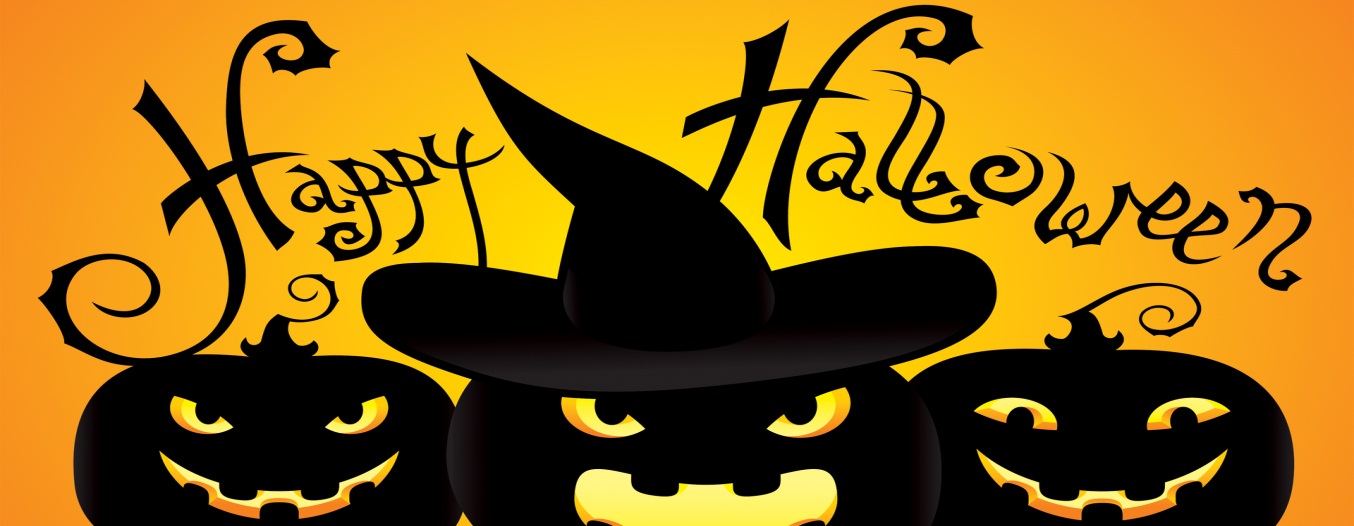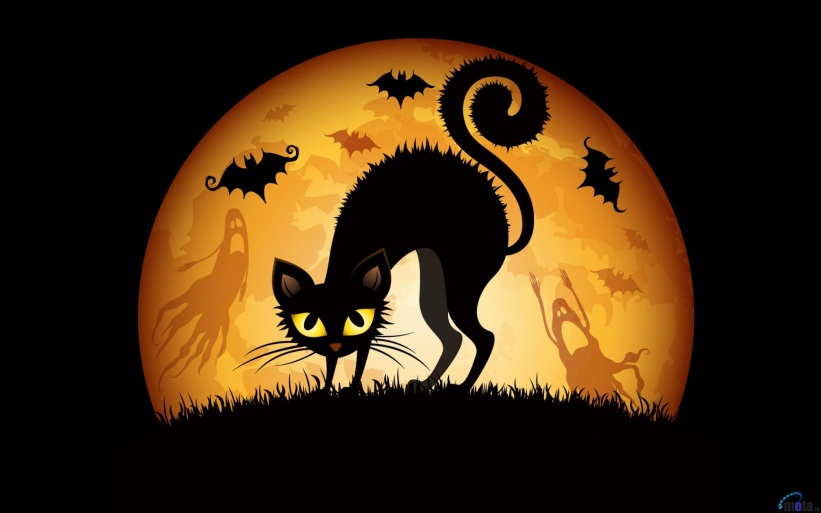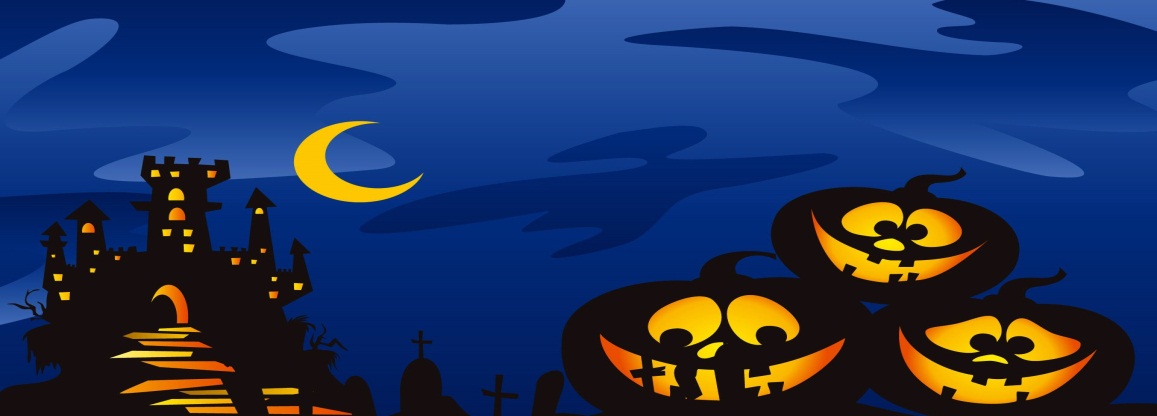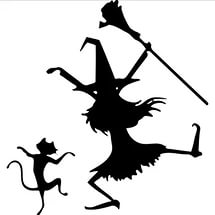- Учителю
- Творческие задания для Урока в 7-8 классах, посвященного празднованию Хеллоуина.
Творческие задания для Урока в 7-8 классах, посвященного празднованию Хеллоуина.

Task 1.
Определите, какие из приведенных утверждений соответствуют содержанию текста
(True), какие не соответствуют (False) и о чем в тексте не сказано (Not stated).
Halloween
In America people celebrate Halloween on the 31st of October. Children dress up as black cats,
skeletons, goblins, witches and monsters. They make jack-o-lanterns. So the traditional colours of
Halloween are black, orange and yellow. Children usually say 'trick or treat' to their neighbours. It
means that the people, who live next door, can give the boys and girls money, fruit or sweets or
children can play a joke on them. Children like this holiday - they play different party games and have
a lot of fun together.
1. Kids don't like Halloween.
2. Children go from house to house and knock at the doors. They say, "Jump or cry".
3. Americans celebrate this holiday on the 31st of October.
4. Children don't go to school.
…
Task 2.
Read the story which happened on Halloween. Mark the statements True, False, Not stated. Put
down in your answer sheet: T if the statement is TRUE , F if the statement is FALSE or NS if the
statement is Not stated .
Once there lived a funny girl. She had got Granny and loved her very much. On the 31st of
October she decided to visit her Granny and to bring her a big pumpkin. The girl had to go through a
big dark forest. A wicked witch lived there and liked to eat small children. She saw a little girl and
tried to catch her. The girl hid behind bushes, took a pumpkin, cut an ugly face, put a candle into it and
put a pumpkin on her head. The witch saw a very tall monster with big luminous eyes, got a scare and
ran away. The clever girl brought the pumpkin to her Granny, and Granny baked a taste pie. Since that
time people put pumpkins with candles inside on the windows on the Halloween night.
1. She wanted to visit grandmother in order to take a big pumpkin.
2. She went through a big field.
3. A kind witch lived there.
4. When she saw a little girl she wanted to catch her.
5. A fairy gave her a good idea how to scare a witch.
6. She found Jack -o-lantern behind the bushes.
7. A wicked witch was afraid of a very tall monster.
… Task 3 .
Halloween is celebrated mostly in English-speaking countries. There are a lot of words in
English connected with this holiday you may use at your party. Look at the words in each line and
decide what word is extra. Write why you think so.
1. A. Red B. Black C. Orange
2. A. Barmbrack B. Colcannon C. Crubeens
3. A. Pumpkin B. Turnip C. Carrot


On October 31st, dozens of children dressed in costumes knock on their neighbors' doors and yell "Trick or Treat" when the door opens. November 1st is a religious holiday known as All Saints' Day (or formerly, All Hallows' Day). The day before the holy day is known as All Hallows' Eve. The word "Halloween" comes from that form.
October 31st was, the eve of the Celtic new year. The Celts were the ancestors or the present-day Irish, Welsh, and Scottish people. On this day, ghosts walked and mingled, with the living, or so the Celts thought. The townspeople baked food all that day, and when night fell, they dressed up and tried to resemble the souls of the dead.
Much later, Halloween became a celebration mostly for children. "Ghosts" went from door to door asking for treats, or else a trick would be played on the owners of the house.
All Halloween parties children play traditional games. One of the most popular is called pin-the-tail-on-the-donkey. Another game is bobbing for apples.
Halloween originated as a celebration connected with evil spirits. Witches flying on broomsticks with black cats, ghosts, goblins and skeletons have all evolved as symbols of Halloween. They are popular trick-or-treat costumes, and decorations of greeting cards and windows. Black and orange are traditional Halloween colors.
Pumpkins are also a symbol of Halloween. Carving pumpkins into jack-o'-lanterns is a Halloween custom also dating back to Ireland. A legend grew about a man named Jack who was so stingy that he was not allowed into heaven when he died. His spirit was doomed to wander around the countryside, holding a lantern to light his way. The Irish people carved scary faces put on turnips represented "Jack of the Lantern", or Jack-o'-lantern. When the Irish brought their customs to the United States, they carved faces of pumpkins because in the autumn, they were more plentiful than turnips.
Questions:
1. Halloween was born
a). in the USA
b). in Scotland
c). on the British Isles
d). in Holland
2. The name "Halloween" comes from
a). the word "hallo"
b). the name of the religious holiday
c). the words "holy day"
d). the name of the eve of all saints' holiday
3. Jack-o'-lantern is
a). an old-fashioned lantern
b). a lantern made from a turnip
c). a lantern made from a pumpkin
d). a lantern which belonged to an Irish national hero called Jack
4. On this holiday
a). people go to church
b). children go from house to house telling scary stories
c). people take part in fancy dress parties
d). theatres give historical performances.
